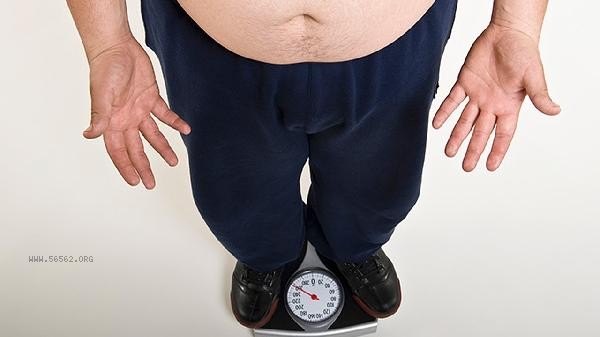Regular sitting office workers can achieve efficient weight loss by adjusting their diet, increasing fragmented exercise, optimizing work habits, utilizing interval training, and combining strength training. The key is to reduce the metabolic slowdown caused by prolonged sitting and increase daily calorie expenditure.

1. Adjust dietary structure
Control refined carbohydrates intake, replace white rice noodles with whole grains, and increase the proportion of high-quality protein such as chicken breast, fish and shrimp. Ensure 300-500 grams of non starchy vegetables daily and avoid high sugar snacks and sugary drinks. Use small plates to control portions and chew slowly to enhance satiety. Pay attention to replenishing water, drinking warm water before meals can reduce the amount of food consumed during meals.
2. Increase fragmented exercise
Get up and move for 3-5 minutes per hour, performing resistance movements such as wall squats and heel lifts. Choose walking to make or receive phone calls, and use climbing stairs instead of elevators. Complete a 10 minute bench push up or squat during lunch break. Get off two stops early for commuting and walk, with a cumulative daily step count of over 8000. These micro movements can continuously activate muscle metabolism.
3. Optimize work habits
Use adjustable desks to alternate standing for work and set up sedentary reminder software. Raise the computer screen to eye level to avoid hunchback, and choose a chair without armrests to promote core tightening. The file cabinet should be kept away from the workstation to increase walking opportunities. It is recommended to use a standing position for discussion during meetings. These changes can increase non exercise-induced heat expenditure.

4. Utilize interval training
Implement a 20 minute high-efficiency interval training after work, such as a 30 second opening and closing jump followed by a 1-minute slow walking cycle. Engage in aerobic activities such as swimming and cycling on weekends. The office can prepare elastic bands for sitting rowing training. High intensity intervals can generate sustained fat burning effects after exercise, suitable for office workers with limited time.
5. Combined with strength training [SEP], perform 15 minute weight training three times a week, with a focus on exercising the gluteal and thigh muscles. Compound movements such as squats and lunges can increase basal metabolic rate. Use a mineral water bottle to perform side lifts to exercise the shoulders and arms, and use a seat support to strengthen the hip bridge and posterior chain muscles. Increased muscle mass can significantly improve insulin sensitivity.
It is recommended to establish a step-by-step goal, with an initial focus on cultivating exercise habits and gradually increasing intensity. Recording diet and exercise data helps maintain motivation. Be careful to avoid extreme dieting that can cause metabolic damage, and ensure 7 hours of sleep to regulate leptin secretion. Long term sedentary individuals should undergo regular physical examinations to monitor their blood glucose and lipid levels, and if necessary, seek professional nutritionists to develop personalized plans. During the weight loss process, you can seek colleagues to form a mutual support group to supervise each other, and integrate healthy habits into the workplace culture for easier adherence.









Comments (0)
Leave a Comment
No comments yet
Be the first to share your thoughts!